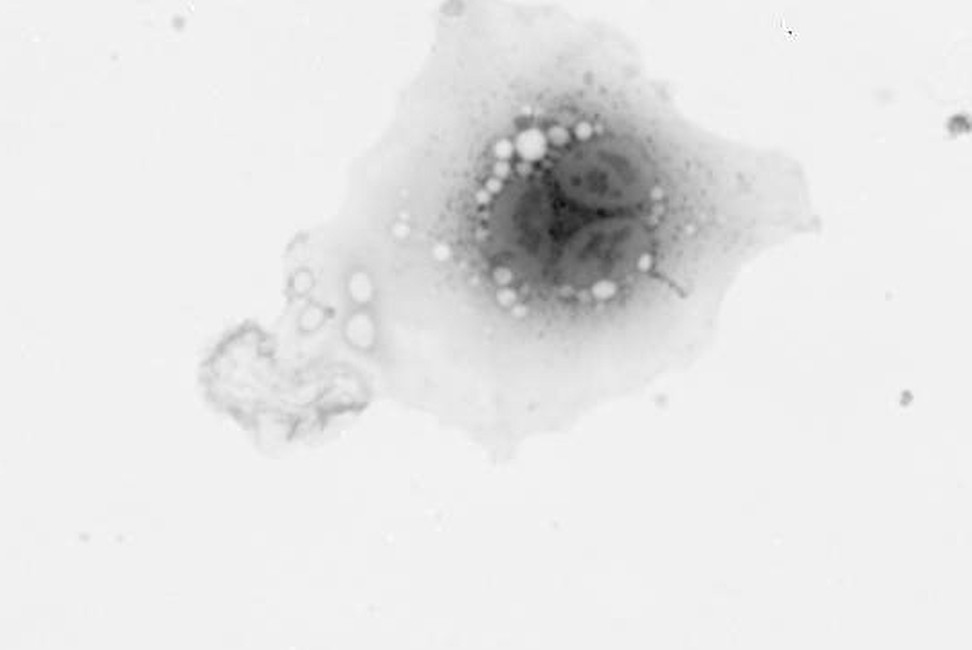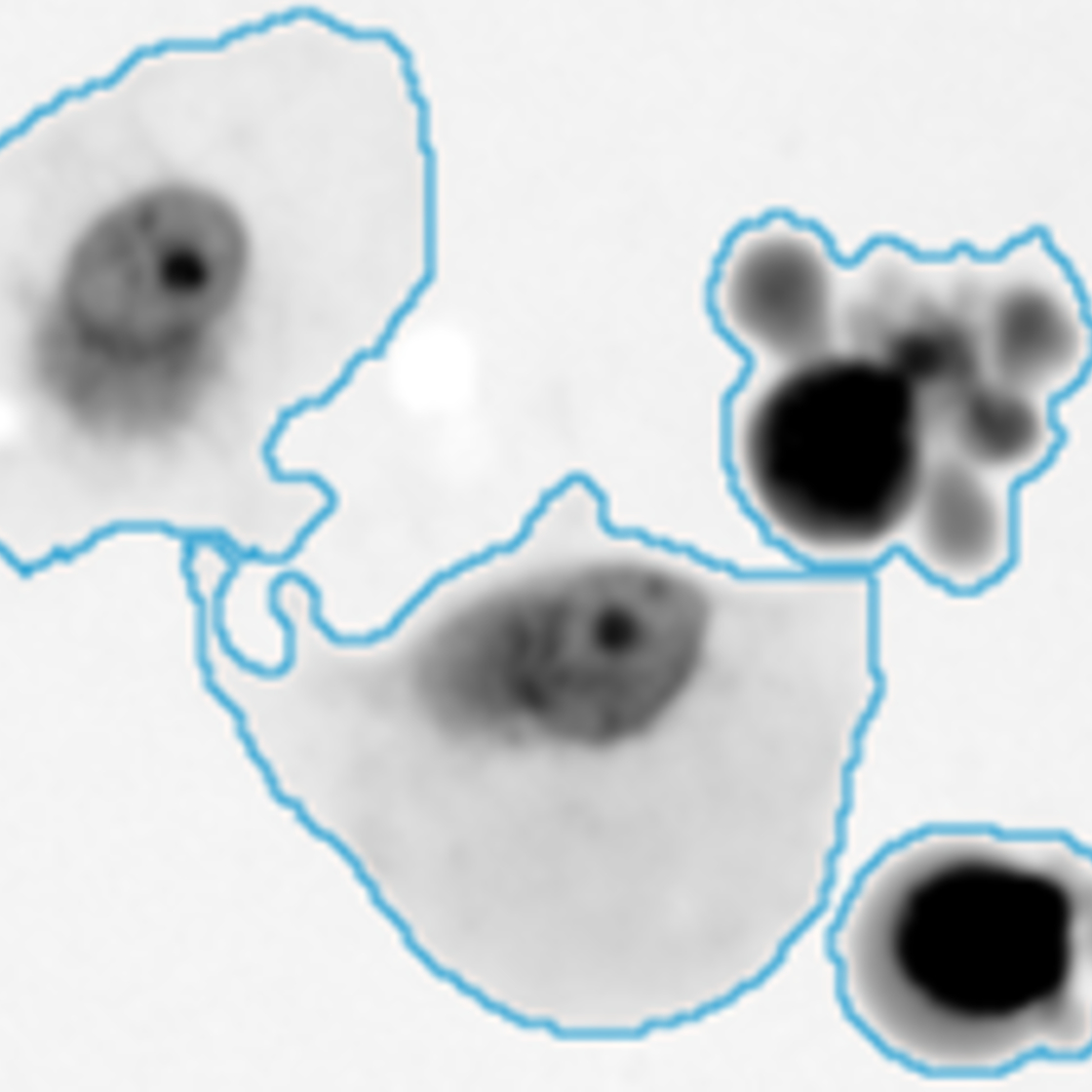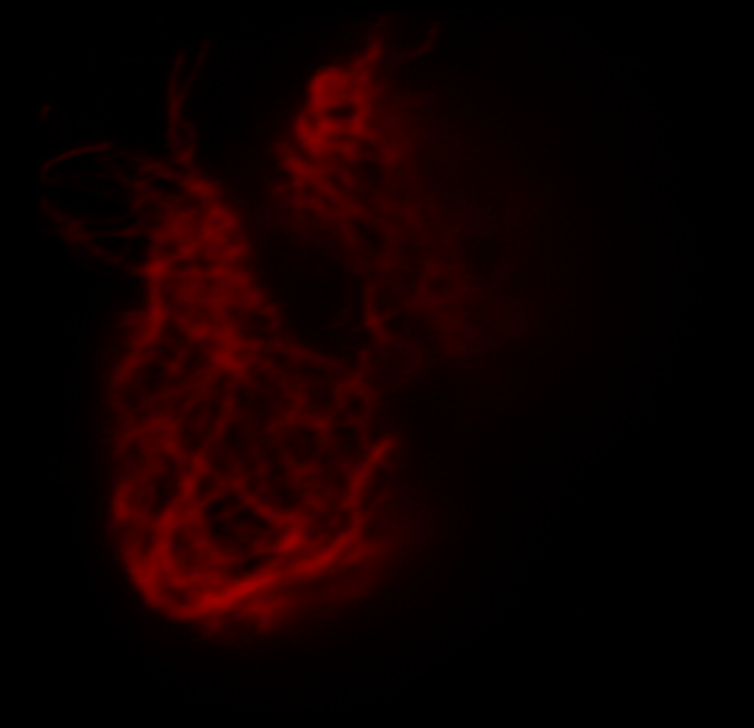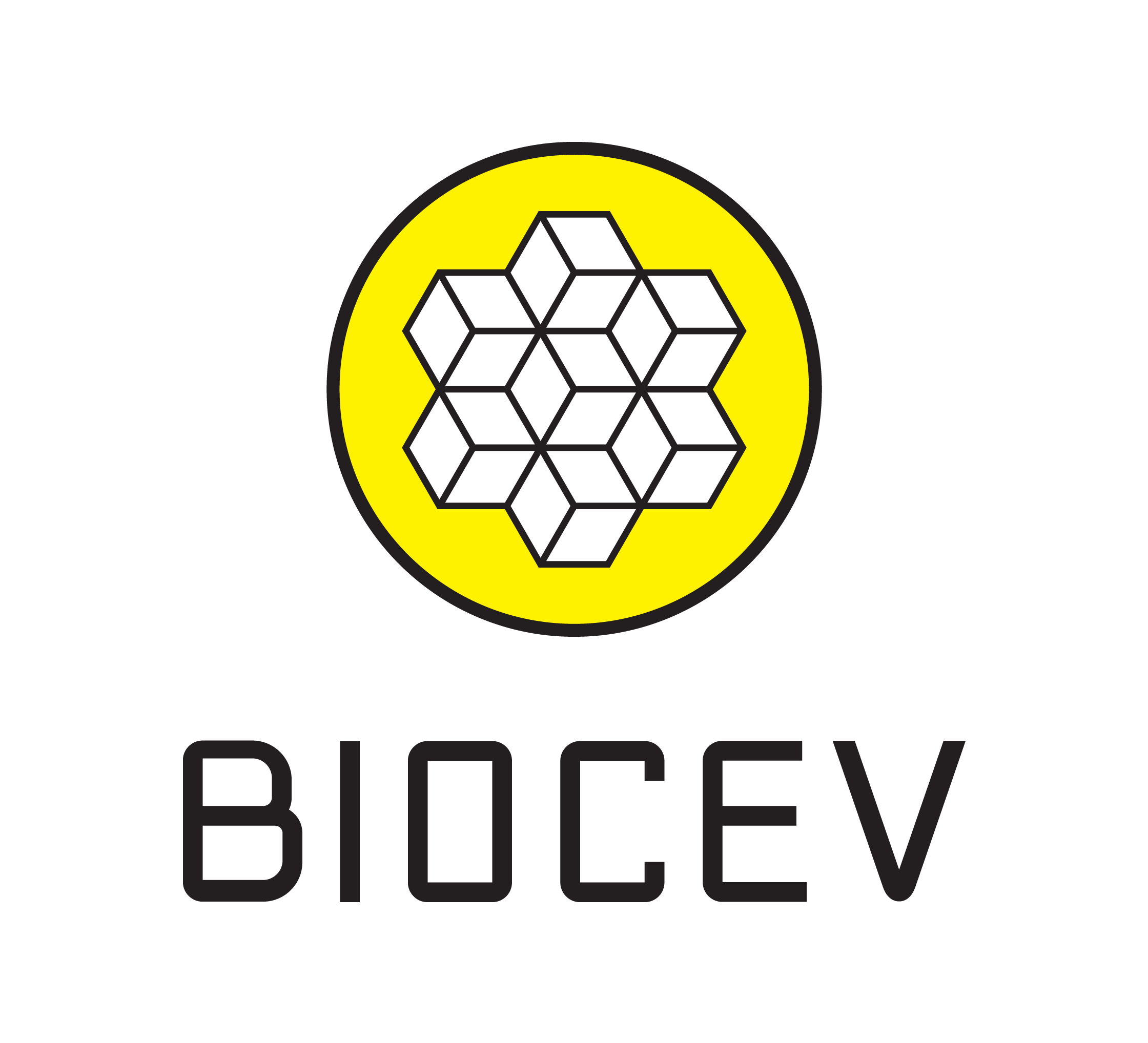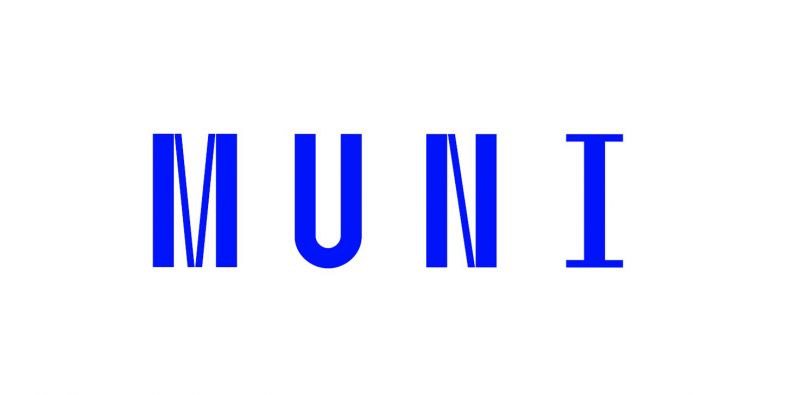We employ the latest technology to craft state of the art microscopy devices. By focusing on the researchers’ needs we are able to address their demands and tailor our microscopes to the latest standards in the industry.
Explore
the Unseen
Telight is specialist in the field of instruments employing light optics, in particular, providing innovative types and solutions for light microscopy. Live cell imaging is the heart of our company, we aim provide tools which will help researchers to advance in their exploratory work.
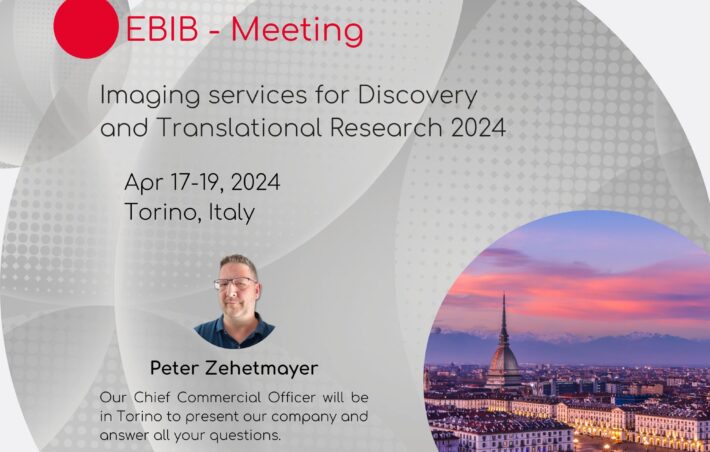 January 24, 2024
January 24, 2024 Imaging services for Discovery and Translational Research 2024
DATE: Apr 17-19 Join us together with Peter at Torino for the first NODE meeting, which we are attending this year; it is organized by the European BioImaging Industry Board.
 January 31, 2024
January 31, 2024 Cell migration conference 2024
DATE: APR 15-18 We are going to join a unique event focused on different aspects of cell migration for the first time.
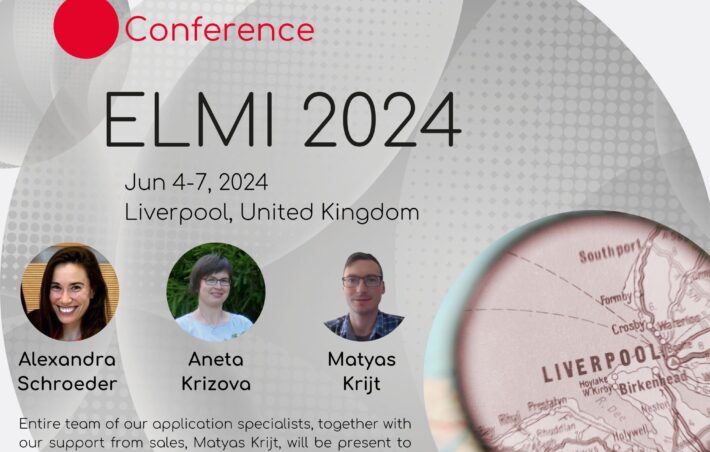 January 31, 2024
January 31, 2024 ELMI 2024 | European Light Microscopy Initiative
DATE: 4 - 7 JUN We will be going to the renowned conference European Light Microscopy Initiative 2024. In the last year, we have improved our devices and software; we are keen to share our advancements with the light microscopy community!
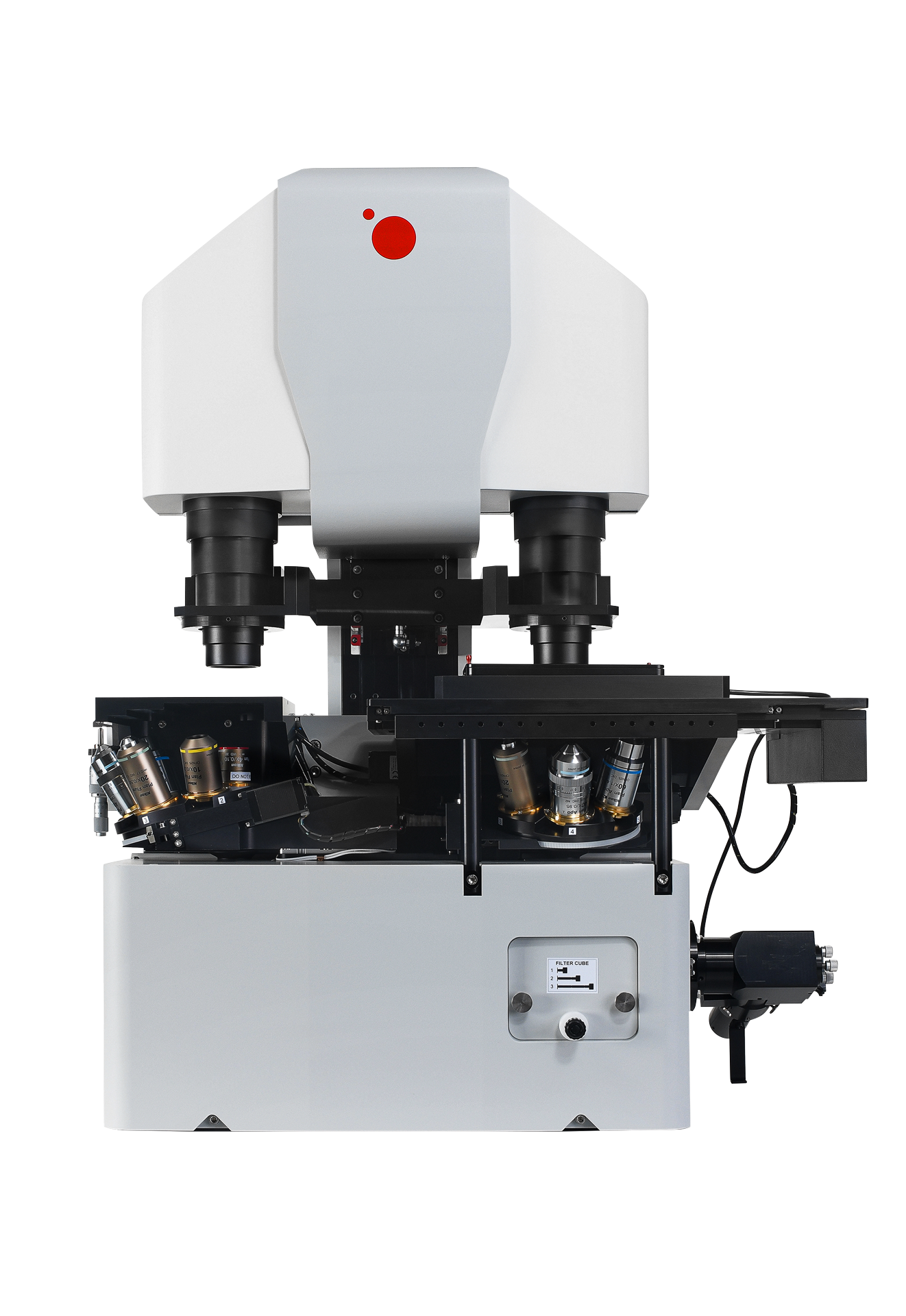
Telight Q-Phase
Quantitative Phase ImagingQ-Phase is a patented holographic microscope with high detection sensitivity.
Q-Phase is an ideal solution for experts who desire precise automated segmentation of individual cells for subsequent data analysis. Q-Phase quickly transforms cell features and dynamics into numerical data suitable for comparisons, correlations, and more detailed statistics.
Read more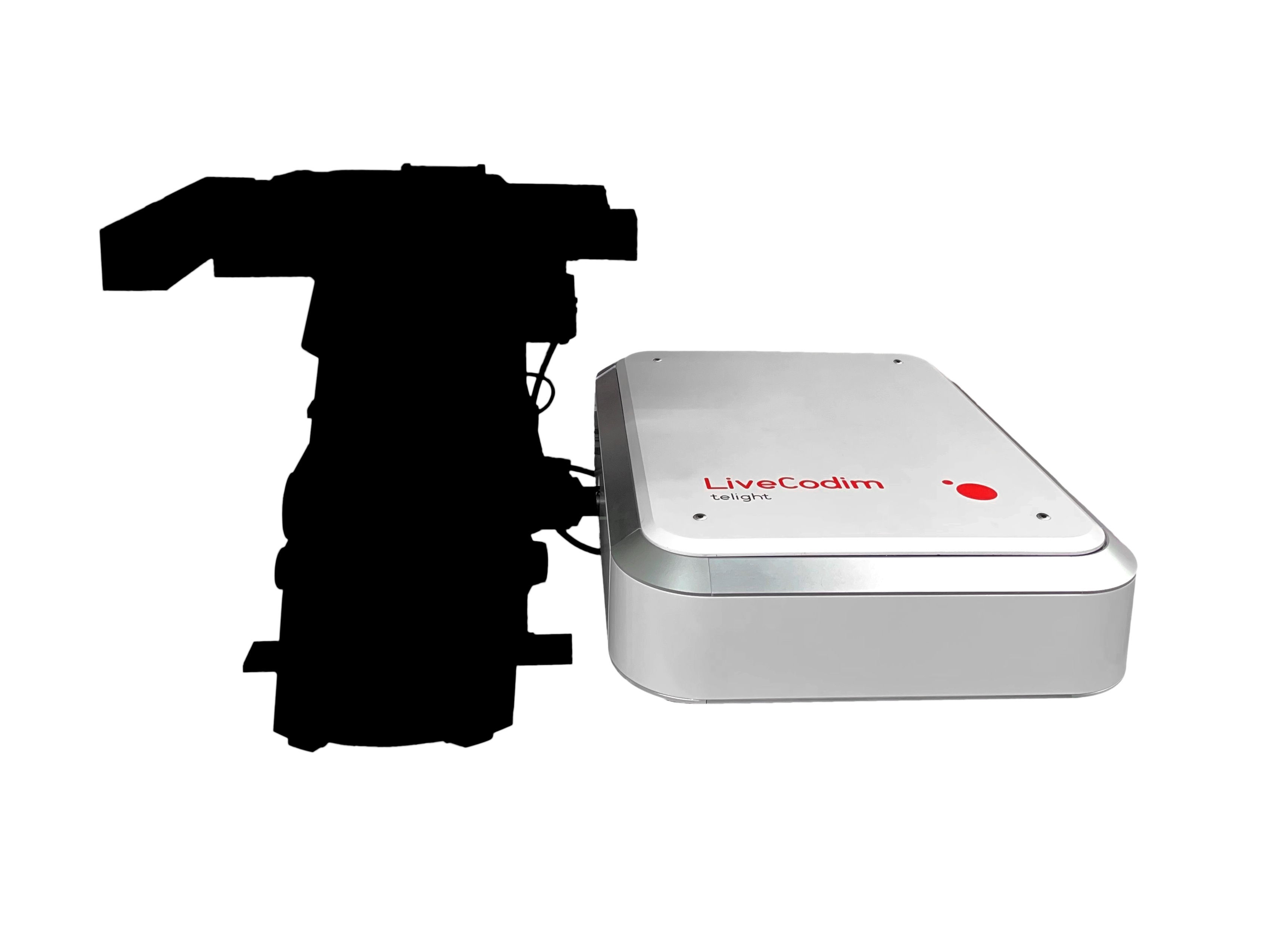
Telight LiveCodim
From conventional to super-resolution microscopy
LiveCodim is a universal, super-resolution imaging platform designed to interface with any standard fluorescence microscope. It is the solution for live-cell imaging with high resolution and low phototoxicity.
Read more